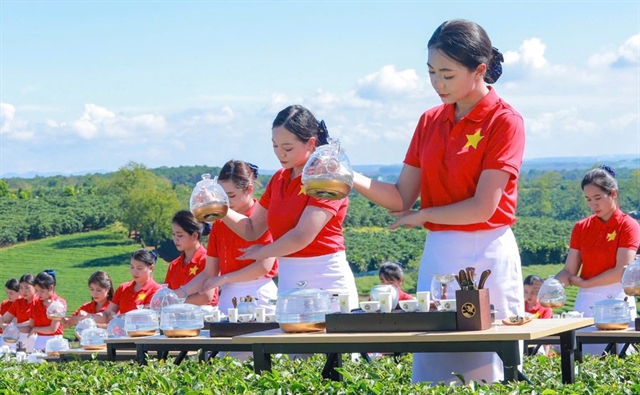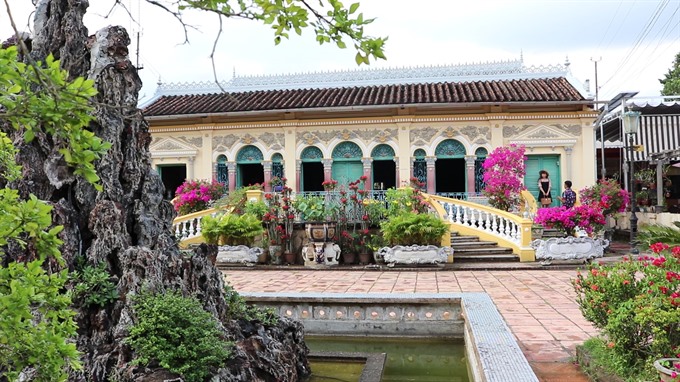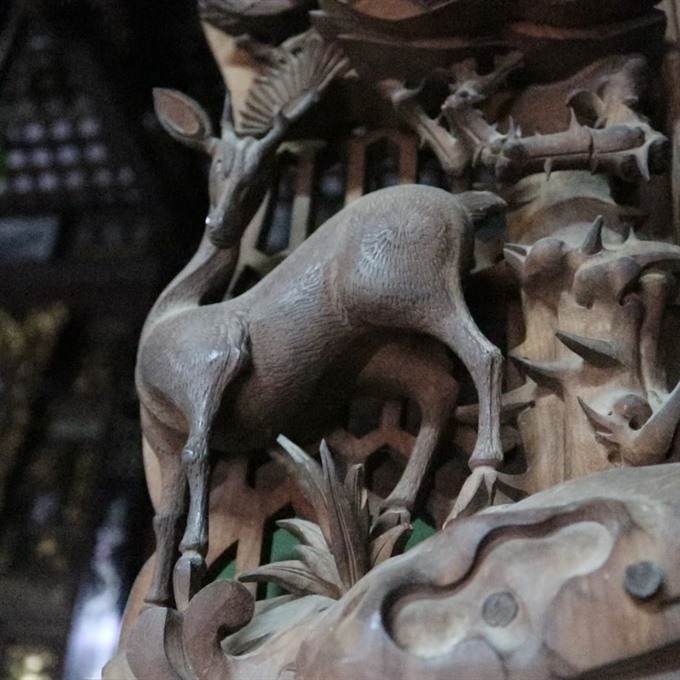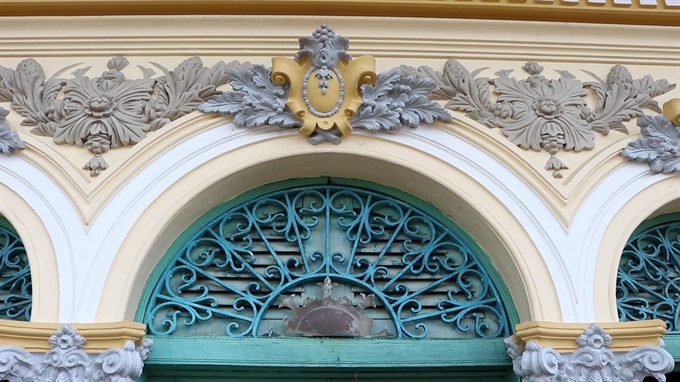 Life & Style
Life & Style

The Bình Thủy House in the southern city of Cần Thơ, owned by the Dương family for generations and built in 1870, is a popular stop for both both Vietnamese and foreign visitors.
 |
| Ngô Thị Ngọc Liên, a daughter-in-law of the Dương family which has owned the Bình Thủy House for generations, says the first owner asked the builder to layer 10 centimetres of salt under its foundation as a way of keeping the house cool and dry. — VNS Photo Văn Châu |
Văn Châu
CẦN THƠ — The Bình Thủy House in the southern city of Cần Thơ, owned by the Dương family for generations and built in 1870, is a popular stop for both Vietnamese and foreign visitors.
Located on Bùi Hữu Nghĩa Street in Bình Thủy Ward, the house’s unusual architectural structure has been well preserved, allowing visitors to explore the culture and life of the southwest region in the 20th century.
With its sophisticated French architecture, the house is especially beautiful in sunlight.
Upon entering, visitors are met with a cool and welcoming interior. Although there are no fans or air conditioners, the heat seems to have been left behind, mostly due to the many doors and windows and the house’s base, which was built one metre higher than the ground.
 |
| The Bình Thủy House, built in 1807, is the pride of Cần Thơ and a popular destination for both Vietnamese and foreign visitors. — VNS Photo Văn Châu |
Ngô Thị Ngọc Liên, a daughter-in-law of the Dương family, said the owner asked the builder to put a 10-centimetre layer of salt under the foundation as a way of keeping the house cool and dry.
“I’m in the sixth generation of the Dương family. This house is very sacred, passed down from my ancestors for many future generations.”
The floor is paved with imported French tiles that feature black and red roses. Though the house was designed with a French style, its decoration and arrangement are typically Vietnamese.
The most solemn place in the centre of the house is the red lacquer ancestors’ altar trimmed with gold. The beds and cabinets in the house are spectacularly carved with decorations featuring the daily life of people at that time.
The house also contains valuable antiques which have been handed down for generations, including six rows of 24 black ironwood pillars, a Chinese table-and-chair set with marble tops, a French-style salon dating to Louis XV, and an 18th century chandelier.
 |
| Charles Donovan, a tourist, says the Bình Thủy House is “beautiful and a remarkable mix. On the outside, it looks French but the inside has Chinese characters, with mother of pearl inlay, and beautiful Vietnamese furniture made from mahogany and other magnificent woods.” VNS Photo Văn Châu |
The entrance to the house has four elegant curved side stairs, while embossed reliefs decorate the façade.
With its front and back gardens, the five-room house offers a comfortable environment full of fresh air and brilliant sunshine.
Its harmonious combination of Eastern and Western styles has made the house one of the must-see tourist attractions in Cần Thơ.
Tourist Charles Donovan, who visited the area recently, thought the house was beautiful and “a remarkable mix”.
“When you look at the outside of the house, you can see it looks French or European, from the 19th century," he said. "Then you step inside and it’s a completely different experience. It’s very Asian, has a lot of Chinese characters, lots of mother-of-pearl inlay, and beautiful Vietnamese furniture made of mahogany as well as other magnificent woods.”
“It’s a wonderful mixture of the two styles,” he said.
 |
| Located on Bùi Hữu Nghĩa Street in Bình Thủy Ward, the house’s unusual architectural structure has been well preserved, allowing visitors to explore the culture and life of the Southwest region in the 20th century. — VNS Photo Văn Châu |
Unlike other old houses in the 300-year-old Bình Thủy Village, the house has retained its five compartments and two wings that are 22m long and 16m deep on an area of 6,000sq.m.
Inside the courtyard tiled with Chinese brick are bonsai and ornamental flowers. On the right is an orchid garden and in the corner is a 40-year-old Mexican cactus about 8m high.
Thanks to the six rows of 24 black ironwood pillars about 30cm in diametre, the house looks and feels spacious. Connecting the columns and beams are wood details with sophisticated carved designs.
Though Cần Thơ is home to dozens of old houses, Bình Thủy Village still stands out as a symbol of the harmonious mix of Western and Eastern architecture.
Many of the visitors have seen images of the building depicted in films.
Cần Thơ, which is about 160km from HCM City, can be reached by bus from the Western Bus Station. Ticket prices are VNĐ120,000 (US$5). It takes about three to four hours from HCM City to get to Cần Thơ. — VNS




